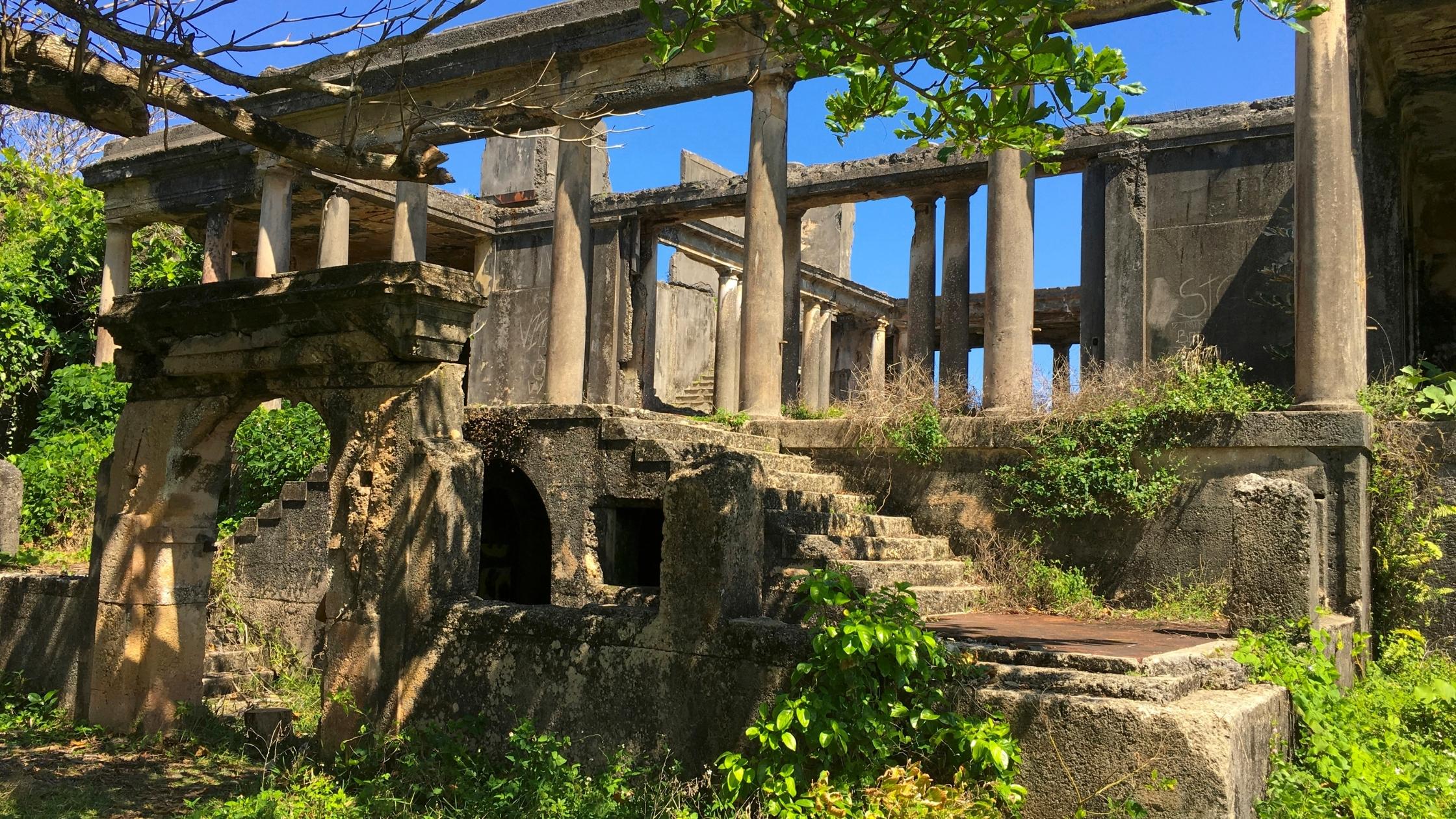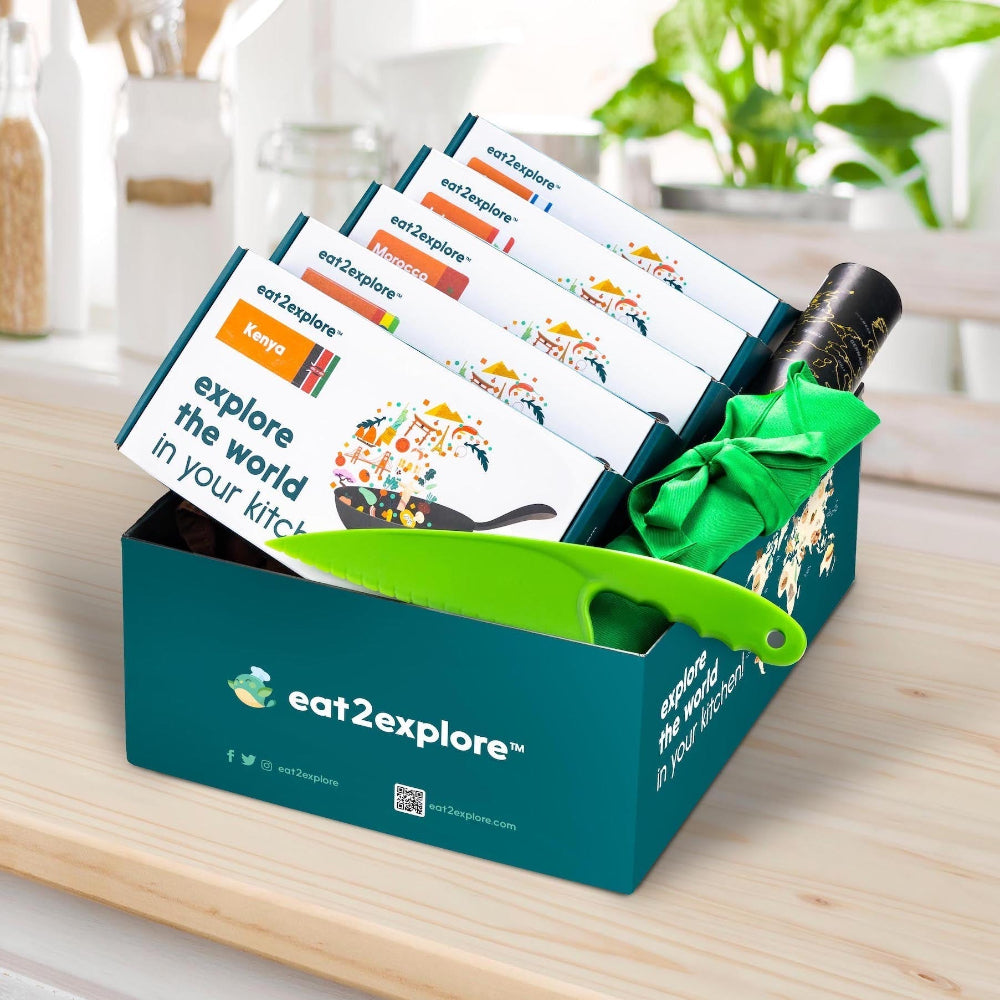The history of Jamaica begins well before it was documented. Let’s explore how the people of this beautiful island lived over the centuries.
Jamaica is the third largest island in the Caribbean Sea and is located south of Cuba, west of Haiti, and east of Belize in Central America.

The Taíno (Arawak) people from South America inhabited the island they called Xaymaca (land of wood and water) well before Columbus made his voyages across the Atlantic Ocean.

Many words we use today originated from the Arawak language. These include hurricane, tobacco, hammock, barbeque, and canoe.
When the Spanish began to visit the island regularly and settled there searching for gold, they brought with them illnesses the native peoples couldn’t fight, so the Taíno population was greatly reduced. But there are still descendants of the Taíno people in Jamaica today.

Even though they didn’t find gold, the Spanish ruled Jamaica for 150 years beginning in 1509, establishing sugar cane plantations and using both local natives and African slaves to work the land.
But in 1655, the English defeated the Spanish and took over where they left off, growing sugar and making molasses, which were both valuable goods for trade.

Pirates and buccaneers also found a home in Jamaica in the harbor called Port Royal. That only lasted a few decades, because in 1692 a large earthquake destroyed Port Royal. Today, most of the city lies sunken beneath the waves.
When the English attacked the Spanish, the slaves they had held ran away into the mountains. They were named Maroons either from the Arawak word for fugitive (cimarabo) or the Spanish word for runaway (cimarron).
The Maroons established strong settlements and avoided recapture. They fought with the English and won their independence in 1739.

All slaves on Jamaica were emancipated in 1838, and Kingston, the largest port, became the capital of the island in 1872.
To keep the sugar, cocoa, and coffee plantations operating, the owners brought indentured servants in to work the fields.

These people from China, India, Scotland, Germany, and other countries traveled to Jamaica, then worked off the cost of their travel, food, and living arrangements for a set number of years.
All of the people who came to Jamaica contributed to the melting pot of culture there. They brought their foods, their music and dance, and their languages, all which combined to give Jamaica its rich heritage.

Close up image of Jamaican dollar
This heritage is reflected in the motto of Jamaica, “Out of Many, One People”.
On August 6, 1962, Jamaica gained its independence from the United Kingdom. Today it enjoys a lively tourist trade and is home to the famous Jamaican Blue Mountain coffee and many banana and sugar plantations.
Jamaica is also home to the reggae music genre and the birthplace of Bob Marley (1945-1981) who made reggae famous.
You can enjoy the tastes of Jamaica yourself when you try our Jamaica box at eat2explore!







